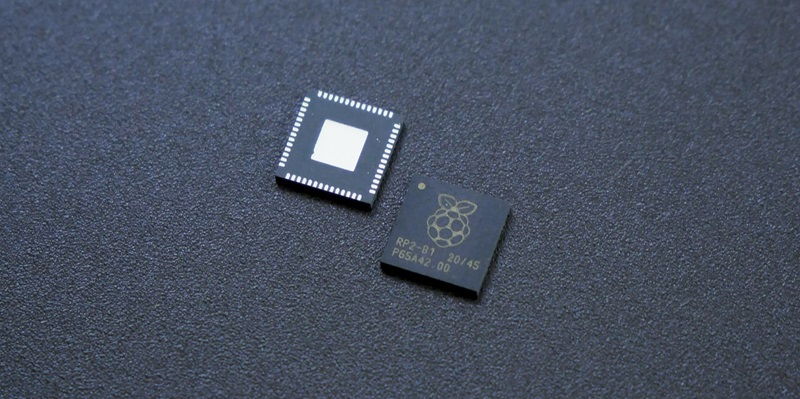Last week, Apple made waves in the tech industry with the announcement of its highly anticipated third-generation silicon for the Mac, aptly named M3. While anticipation was high, the initial performance results of the M3 Pro have left many puzzled. In this article, we will delve into the detailed Geekbench numbers and examine the design differences between the M2 and M3 Pro chips. Additionally, we will explore the advancements in the M3 Max chip and assess the overall performance of Apple’s third-generation silicon.
Geekbench scores of the M3 Pro have recently surfaced online, sparking discussions among technology enthusiasts. The single-core score of 3,035 and the multi-core score of 15,173 indicate a modest 14% gain in single-core performance compared to the previous generation, but only a 6% gain in multi-core performance. These numbers have raised eyebrows, considering the high expectations surrounding Apple’s latest chip. However, it is worth noting that at launch, the M3 Pro was criticized for its lowered memory bandwidth and the removal of two performance cores, which lends some explanation to these results.
Design Differences between M2 and M3 Pro
Both the M2 and M3 Pro chips feature a 12-core design, but there are significant variations in their configurations. The M2 Pro boasts an 8+4 design, which combines performance and efficiency cores to strike a balance between power and energy efficiency. On the other hand, the M3 Pro has adopted a 6+6 design, with two fewer performance cores but with the addition of two efficiency cores. This alteration aims to enhance energy efficiency while still delivering solid performance. While this design choice seemingly aligns with Apple’s commitment to optimizing performance per watt, it may impact the overall performance and multitasking capabilities of the M3 Pro.
Advancements in the M3 Max Chip
Apple’s release of the M3 Max has provided an alternative for those seeking even higher performance. The M3 Max chip boasts an impressive 12 performance cores, an increase from the previous generation’s eight cores. This upgrade enables the M3 Max to deliver a remarkable up to 45% improvement in multi-core performance compared to its predecessor. This increased power makes the M3 Max a compelling choice for professionals who rely on resource-intensive tasks like video editing, rendering, and machine learning.
Superiority of the M3 Base Chip
In addition to the M3 Pro and M3 Max, Apple has also introduced the M3 base chip, which has demonstrated promising results in early tests. These preliminary benchmarks indicate that the base M3 chip is approximately 20% faster than its predecessor, the M2. This boost in performance positions the M3 base chip as a reliable and capable option for general productivity tasks, content creation, and everyday use. It serves as a testament to the continuous advancements in Apple’s silicon development.
The release of Apple’s third-generation silicon for the Mac, specifically the M3 Pro, has been met with both excitement and skepticism. Initial benchmarks raise questions about the performance gains achieved by the M3 Pro compared to its predecessor. The design differences between the M2 and M3 Pro, particularly the alterations in core configurations, may have had an impact on multitasking capabilities and overall performance. However, the introduction of the M3 Max chip showcases Apple’s commitment to offering higher performance options for professionals. Lastly, the M3 base chip displays substantial advancements over its predecessor, solidifying its position as a high-performing option for everyday use. As Apple continues to refine its silicon offerings, it is evident that the M3 generation lays the groundwork for impressive advancements in Mac performance and efficiency.

